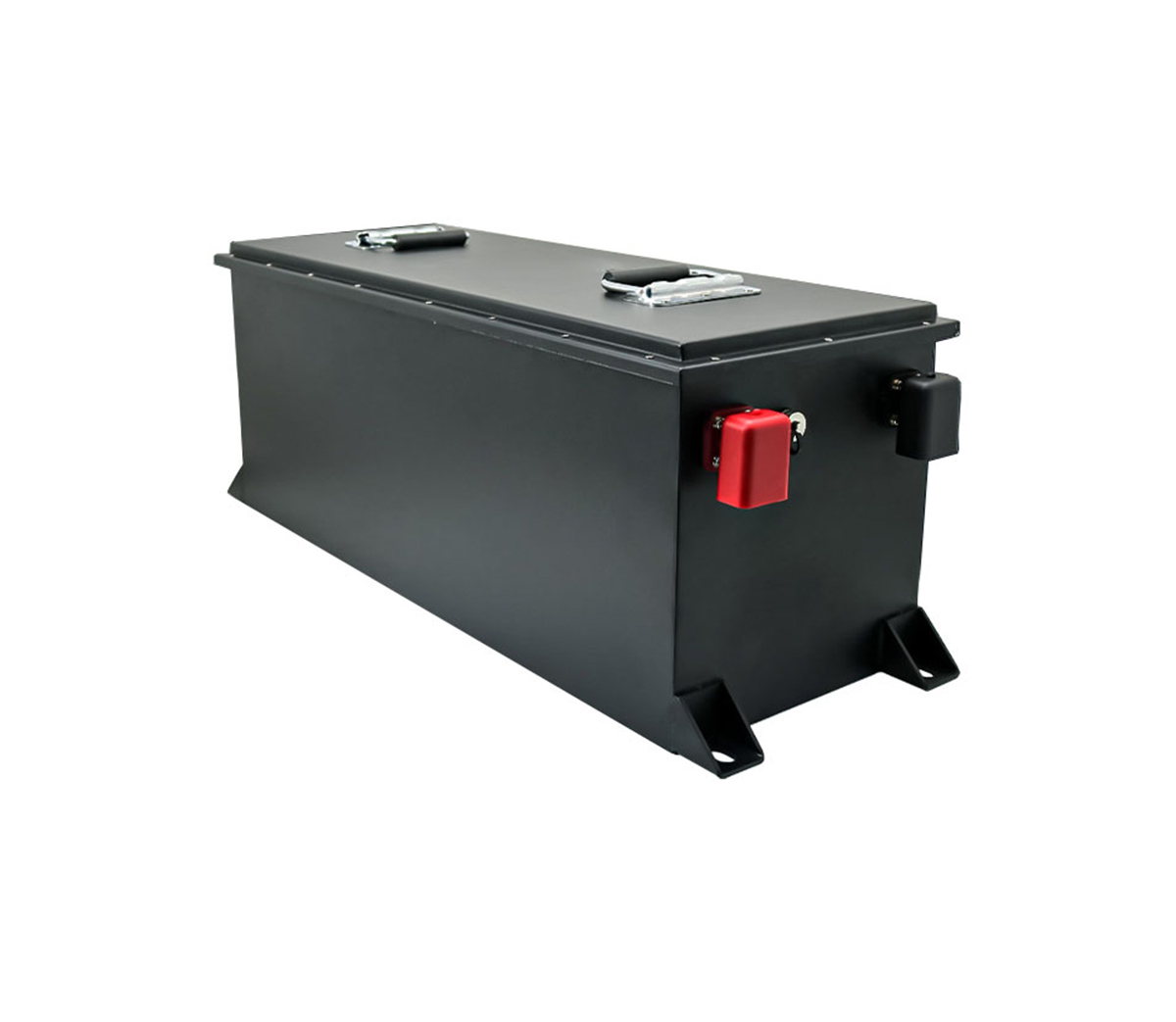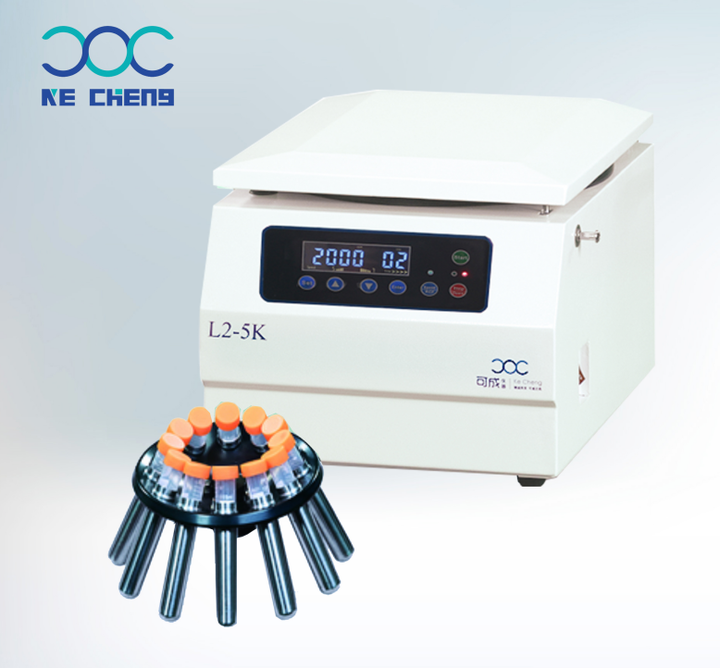The development of the new energy automobile industry is the first to
overcome the technical bottleneck of batteries!
From the perspective of market promotion, the "Battery Replacement Station"
can well relieve the trouble of battery life and charging time, and can perform
professional maintenance on the battery. But there are three major issues that
lie ahead.
At present, the industry’s concerns about the development of the new energy
vehicle industry are mainly focused on the relatively mature and commercialized
use of lithium batteries as kinetic energy, in addition to the market-oriented
mass production contradictions caused by the promotion and application of fuel
vehicles’ own technology and huge initial cost investment. Electric vehicle
sector. What is restricting the development of the new energy automobile
industry? The author believes that the answer can be classified into three
aspects: technology, resources, and policy.
The key to the technical bottleneck lies in the battery
Whether in China or the world, shell manufacturing and vehicle assembly
have very mature technical support and manufacturing systems, so there is no
need to worry too much. For new energy vehicles, although it is relatively easy
to develop consumption habits, if the charging time is too long and the cruising
range is too short, then compared with the traditional fuel vehicles, the
refueling is fast and the stations are dense. It will lose its status as a new
favorite in the market.
From the perspective of market promotion, the "Battery Replacement Station"
can well relieve the trouble of battery life and charging time, and can perform
professional maintenance on the battery. But three problems lie ahead:
One is that the construction cost of the site itself is very huge, and the
battery needs professional maintenance. What kind of capital party can the
battery manufacturer cooperate with to achieve this?
The second is that when consumers buy a car, they pay a deposit for the
battery module in the vehicle. This part of the investment may take 3 to 10
years to return. What kind of company can bear such a risk?
Third, the current battery standards have not yet been unified. Like the
earliest mobile phones, they cannot achieve standard modules and unified
interfaces. What kind of company can have such forward-looking and R&D
capabilities to formulate and lead standards?
Therefore, the most realistic solution at the moment is still to fast
charge and increase battery life.
In the electric vehicle manufacturing chain, the "three-electric system"
(battery, motor, and electronic control) is very important, and the battery is
the foundation and decisive element. For lithium-ion batteries, which are
currently the most commercially produced in mass production, if you want to
achieve fast charging, you need to make higher technical improvements to the
original materials, especially the cathode materials, such as high nickel; if
you want to achieve a substantial increase in battery life, An increase in
energy density is required. It is worth noting that lithium nickel cobalt
manganese oxide has gradually become the mainstream in the past two years, and
the energy density of lithium iron phosphate has broken through in the past two
years. These are laying the foundation for the development of large-capacity and
long-lasting battery technology.
At the same time, the negative impact of safety performance cannot be
underestimated. For example, after the explosion of Samsung's mobile phone,
major airports adopted more stringent regulations on the carrying and use of
lithium-ion batteries. The core problem is that the capacity density and safety
performance of the battery itself are difficult to achieve the most effective
combination, and there is no essential breakthrough at present. Even graphene,
which was once so hot, is difficult to achieve large-scale commercial production
within three to five years.
The core of resource problems lies in lithium cobalt
In the past three years, the price of basic lithium salt has risen
staggeringly. From the end of 2014 to 2017, it climbed from less than 40,000
yuan/ton to 180,000 yuan/ton, and dropped to about 150,000 yuan/ton at the end
of the year. The price of battery-grade lithium carbonate increased by about 4
to 5 times.
At the same time, the situation with cobalt looks a bit crazy. Statistics
show that in the past 10 years, cobalt has experienced a 400% increase from 2006
to 2008, and it has also experienced a nearly 50% increase under quantitative
easing from 2009 to the first half of 2010. Based on the strong demand for
ternary materials for new energy vehicles, at the end of August 2017, the United
Kingdom's "Metal Herald" (abbreviated as MB) published a cobalt price of 29 US
dollars per pound, but there is still more than 65% of the space from the
historical high. Based on the fact that cobalt ore generally exists in the form
of copper-cobalt or nickel-cobalt, the price relationship between cobalt and
nickel-copper cannot be ignored.
Is the price spike caused by lack of resources? the answer is negative.
From the analysis of lithium resources, the world’s current proven lithium
reserves are 14Mt, and the current annual demand is 32.5kt. Lithium resources
are mainly distributed in the range of 30-40 degrees north latitude and 20-30
degrees south latitude in the world, such as the Andes Plateau in South America,
the western United States and the Qinghai-Tibet Plateau in China. Australia and
Chile together control 75% of the world's lithium resources.
In China, 90% of lithium resources are distributed in the west. The current
mining is mainly ore lithium (spodumene and lepidolite) and the average grade is
relatively low (0.8%-1.4%, lower than foreign countries 1.465% -3. 55%), the
brine contains high magnesium (Mg/Li ratio is generally greater than 40, Chile
Atacama Salt Lake is only 6.47), so it is difficult to use on an industrial
scale.
From the analysis of cobalt resources, the world's cobalt resources are
rich and concentrated. According to the 2016 Mineral Commodity Summaries of the
United States Geological Survey (USGS), the world’s proven cobalt reserves of
7.1 million tons in 2015 were mainly concentrated in the Congo (DRC), Australia,
Cuba, New Caledonia, Zambia and Russia accounts for about 80% of the world's
total cobalt reserves.
In terms of production capacity, Congo (DRC) cobalt resources are producing
10 mines, but five of the holding companies are Swiss Glencore, accounting for
approximately 67% of the Congo (DRC) cobalt resources in production mines. The
United States Freeport Company, Kazakhstan Eurasian Natural Resources Company,
UAE Shalina Resources Company, China Minmetals Corporation and Jinchuan Group
each hold one. Cobalt production capacity in other parts of the world is not
enough to shake Congo's dominance.
With the improvement of industrial scale utilization and breakthroughs in
extraction technology, based on the principle of non-disappearance of metal
elements such as lithium and cobalt, the lithium battery recycling industry has
quietly emerged, recycling has become a reality, and the demand for natural
resources will be reduced accordingly. In the short term The skyrocketing
situation is like the history of iron ore. It is more the result of
international capital control speculation and cannot fully reflect the real
situation of industrial development.
The key to policy concerns is subsidies
A basic understanding needs to be clarified: the essence of state subsidies
for new energy vehicles is to support an industry, create first-mover
advantages, and rapidly open up markets, rather than subsidies similar to
traditional agricultural sectors. The purpose is to maintain basic market
stability. Therefore, in the near future, the subsidy policy will definitely be
cancelled.
The current policy subsidy orientation generally focuses on two aspects:
first, at the technical level, encouraging technological innovation, keeping up
with the international tops, and awarding industry leadership; second, at the
market level, breaking through the bottleneck of environmental protection,
advocating green travel, and leveraging large and medium-sized enterprises.
Cities, highlighting the role of major powers, relying on the "Belt and Road" to
seize overseas markets.
Specific to the production and sales of the company, the current sales of
pure electric vehicles seem to grow slowly or even decline, which has a great
relationship with the extension of the delivery period to more than 6 months.
The problem reflected is that the current actual production capacity of power
batteries is very limited. On the existing technical route, although relevant
companies have also invested in battery plants and basic lithium salt (lithium
carbonate and lithium hydroxide) projects, Based on the planning, demonstration,
design, approval, construction, and production cycle of industrial projects,
especially the chemical industry where the basic lithium salt is located, the
cycle time is generally 1-2 years, and the large-scale release of production
capacity should be before 2020.
The end-car market demand related to this has not been alleviated for a
moment. This can be seen in the numbering of new energy vehicles in cities such
as Beijing, Shanghai, Guangzhou and Shenzhen (for example, the numbering of
Beijing has been as far away as 2021). Some foreign media believe that if there
is no battery capacity limit, the sales of pure electric vehicles can easily
exceed plug-in hybrid vehicles. In recent years, the Chinese government's goal
of vigorously supporting the development of new energy vehicles has been
achieved. At present, the key to restricting the development of new energy
vehicles is not government subsidies or market demand, but the formation of
production capacity under technological breakthroughs. Public information shows
that in November 2017, Volkswagen announced that it would invest more than 10
billion euros (11.8 billion US dollars) to build 40 new energy vehicles with
local Chinese partners. The company hopes to produce 1.5 million new energy
vehicles in China by 2025. Cars, most of which are electric cars. Toyota also
stated that it will produce electric vehicles in China by 2020. BMW's battery
R&D and production center opened from Munich to Shenyang. At the same time,
BMW also chose CATL New Energy Technology Co., Ltd. (CATL) as its partner.
It can be said that this is the best era for new energy vehicles. The new
forces are coming fiercely, and a large amount of capital has been involved in
all aspects of mining, basic lithium salt, electrode materials, battery
production and vehicle manufacturing through various means, and is committed to
seizing the opportunity. The traditional bigwigs have also been awakened
suddenly, and they have risen and worked hard to stabilize the basic market and
expand into new areas. In a word, what the industry lacks most is not money, but
mature technology that can be marketed and an operating team that can be
commercialized.


































